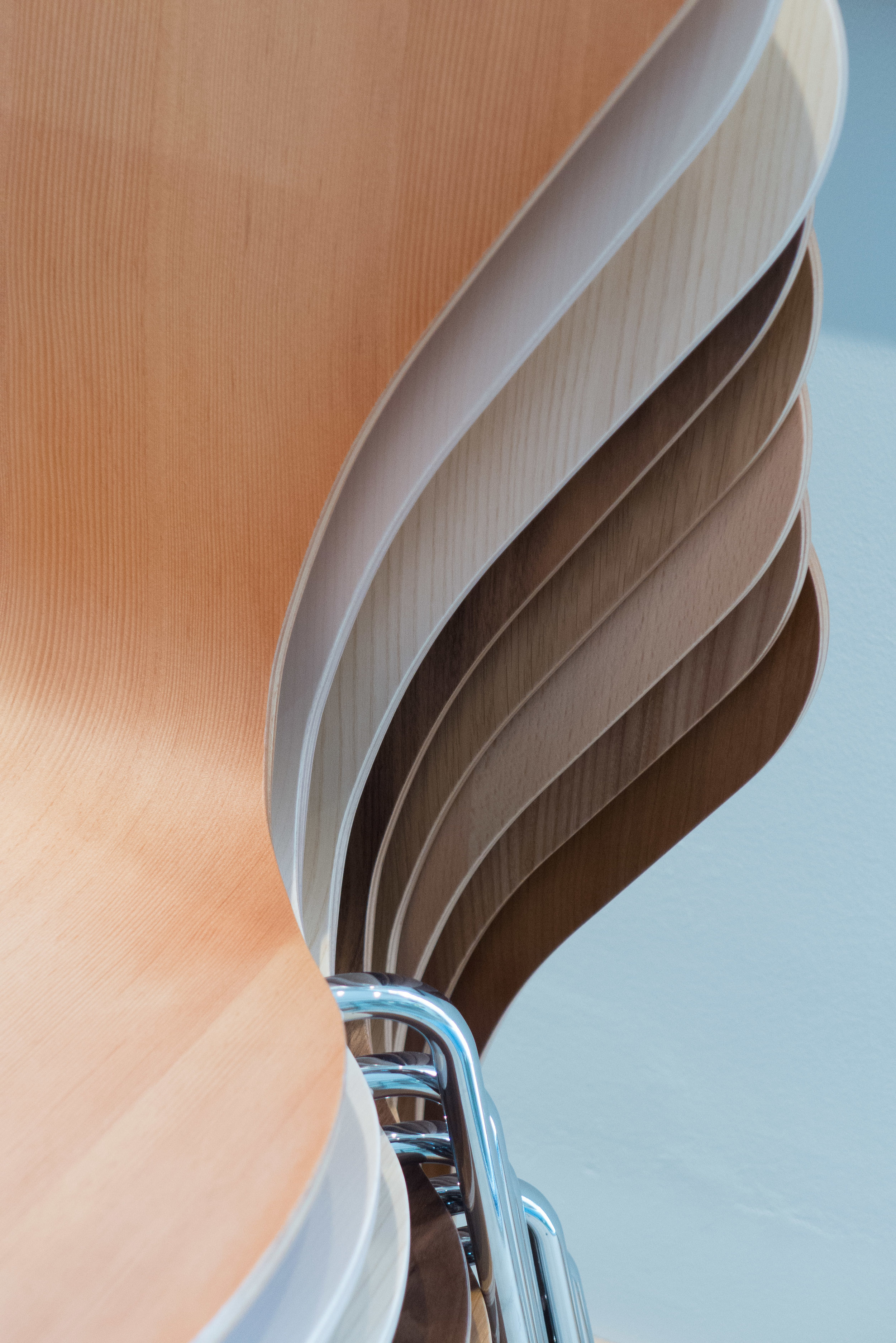a design back catalogue .....
/The recently restored building of the old postoffice in Købmagergade in Copenhagen has become a major design destination for the city. On Købmagergade itself, ARKET has been open for less than a month but if you head down the side of the building to the right, down Løvestræde, there is the entrance to the showrooms of the major furniture company Fredericia and to the left, down Valkendorfsgade, is the entrance to the show rooms and design store for Fritz Hansen.
ARKET and their collection of fashion and household design is literally brand new but both Fredericia and Fritz Hansen are well established companies with international reputations and both have catalogues that balance new commissions from major designers working now along with what are recognised to be Danish design classics that may have been designed fifty or sixty or more years ago.
Talk to young designers, just in the first years of their careers, and the conversation will inevitably come round to the ‘shadow’ in which they work. And that is not necessarily expressing a sense of awe but often a sense of frustration … if a company falls back on a well-established or safe design then where is the opportunity for the Arne Jacobsen or Nanna Ditzel of this generation to get their work into production? It is a problem. Major design by Hans Wegner or Børge Morgensen are not just popular but their furniture deserves to have a relevant and important place in contemporary interiors.
In some cases, the current production can even be better than the originals - with improvements in materials or changes in manufacturing methods - but how much should the back catalogue be updated or changed to give the designs a new relevance or a new appeal?
Series 7 was designed by Arne Jacobsen in 1955 but is still incredibly popular which is testament to the design itself. One current version has gold legs and when I saw the chair with fabric covers in a deep plush it was obvious that my inner puritan was a bit affronted … plywood is an amazing material and the original design exploited the flexibility of the steamed and shaped shell so that it was comfortable without padding.
But then I thought the display piece in the entrance to the Fritz Hansen store - with the shell set on a rough log - looks fantastic so my qualms were about taste and not for messing with the master. The Series 7 - on a linked frame rather than on legs - has been used in many lecture rooms ... a good recent example being at Museet for Søfart - the Maritime Museum - in Helsingør designed by Bjarke Ingels.
And the Series 7 is available in a good range of colours and wood veneers so maybe a great classic design can be and should be all things to all tastes.








































